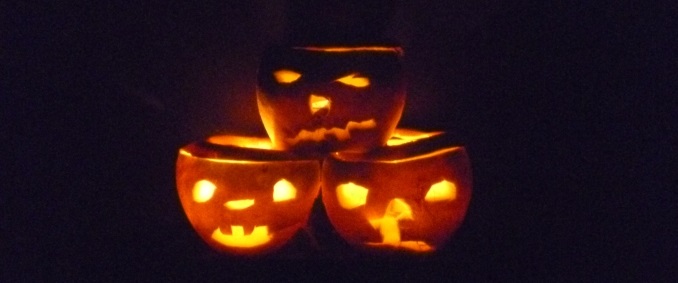
The Celtic festival Halloween is celebrated on the night of 31st October and 1st November every year.
In the six Celtic Nations, Halloween marks the end of the summer and the beginning of winter. The festival is associated with the Celtic feast of Kala-Goañv (Breton), Calan Gwaf (Cornish), Samhain (Irish), Sauin (Manx Gaelic), Samhuinn (Scottish Gaelic) and Calan Gaeaf (Welsh).
Entirely pagan in origin, Halloween was traditionally a time of year when the worlds of the living and the dead were seen to be at their closest. It is a time when the creatures of the 'Otherworld' make their presence known to the people of 'this world'.
Halloween is now a globally celebrated festival, particularly in the 'New World' where its traditions were brought by waves of Celtic emigration. The lanterns, fires, costumes and belief in the supernatural remain deeply rooted in Celtic culture and tradition. So greetings on this Halloween or Hop tu Naa as it is known on the Isle of Man. Remember to enjoy this festival, but take care, spirits and entities not of this world arise on this night as our ancestors knew only too well. Pay respect to the creatures of the 'Otherworld' or there maybe a heavy price to pay!
If you haven't already, we recommend reading our exclusive interview with Dr Jenny Butler on the Celtic Folklore Traditions of Halloween.